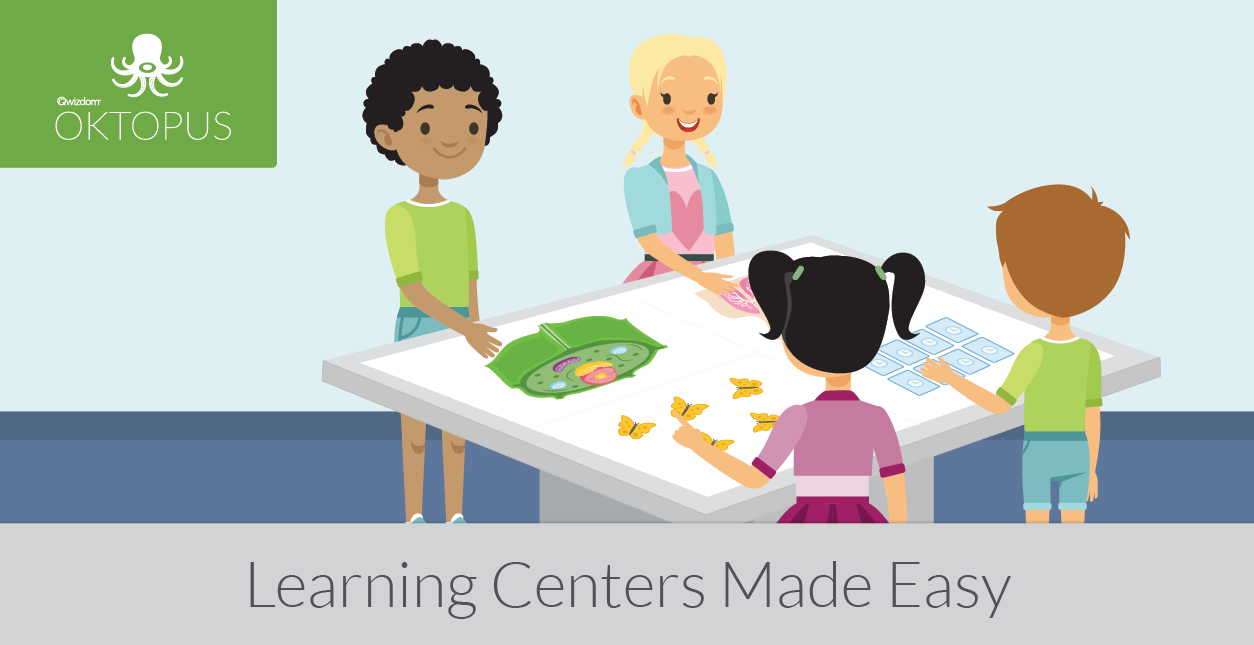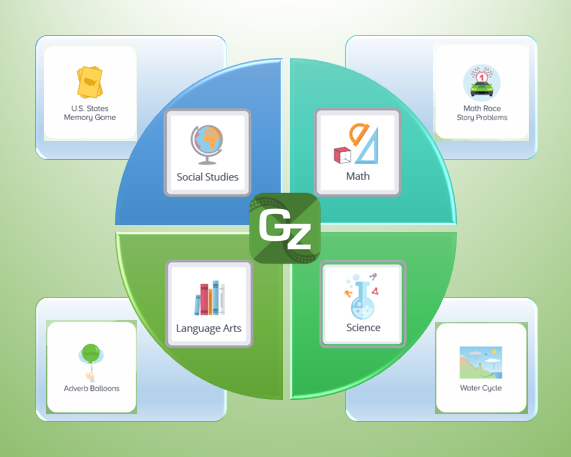Walk into most elementary classrooms, and you will probably find learning centers strategically placed in the environment. Why learning centers? They are set up to reinforce concepts and skills, engage students in collaboration, as well as provide them with a sense of autonomy and responsibility over their learning. Combine this with learning tech, such as interactive displays, and the possibilities for increased progress are enhanced.
My earliest memories of school were the learning centers in my kindergarten class. We rotated between puzzles, kitchen area, guided reading with the teacher, playing with blocks, class library, and coloring pages. I LOVED learning center time! I had no idea that each center’s activity had a purpose. For example, the puzzles were used to help us develop problem-solving and memory skills (“Where does this piece go?”, “Didn’t I see a piece that could go here?”), the kitchen area reinforced real-life skills such as preparing a meal and tidying up, and the library gave us the opportunity to choose what to read in a comfortable space. So many skills in seemingly simple centers.
Most likely from your own experiences as a student and teacher, learning centers have multiple purposes and goals. Some of these may include:
- Providing differentiated learning experiences for the varied levels (i.e. of learner, English-language ability, learning style, etc.) in the classroom
- Introducing, reinforcing, and extending concepts and skills that students are expected to master over the course of the year
- Giving students multiple opportunities to work with others, including collaboration tasks with a common goal
- Building self-confidence by allowing students to work on activities individually and at their own pace
- Offering students opportunities to actively participate in their learning versus a “sit and listen”-style of learning where engagement is minimal
With the emphasis on today’s learners becoming 21st century proficient, the use of technology has become commonplace in many classrooms. Combining the innovation of interactive touch panels and the importance of learning centers, GameZones provides learning activities in Language Arts, Math, Science, and Social Studies that can be played in up to four different areas of a board. You can assign up to four different games, with any number of players per game. A typical learning rotation using GameZones could look like this:
- Social Studies: States Memory Game – There is a choice of three different activities:
- Matching the state flag and shape with its name
- Matching the state shape with its capital
- Matching the state flag with the state shape
- Math: Math Race Story Problems – One to four students “race” to answer short word problems by selecting the correct answer from four choices.
- Language Arts: Adverb Balloons – There is a choice of five different adverbs to identify:
- How Adverbs
- When Adverbs
- How often Adverbs
- Where Adverbs
- How much Adverbs
- Science: Water Cycle – Label the graphic to show the different stages of the water cycle.
Of course, the flexibility of GameZones makes it perfect for any classroom setting. A game can be used to help introduce, reinforce, and reteach a new concept or skill. They can be played independently, with a partner or in small groups, or directed by a paraprofessional to provide supplemental instruction according to students’ needs. GameZones supports the value of differentiated instruction for the different levels and capabilities in a classroom. This video explains how:
Create new “learning center” memories for your students by incorporating innovative collaboration tech, which includes games that support and enhance what students are learning, encourage cooperation and responsibility, and boost active learning and engagement. Get your free trial of OKTOPUS annotation and collaboration software with GameZones and explore the potential for your classroom. Learn more by going to www.qwizdomoktopus.com.


